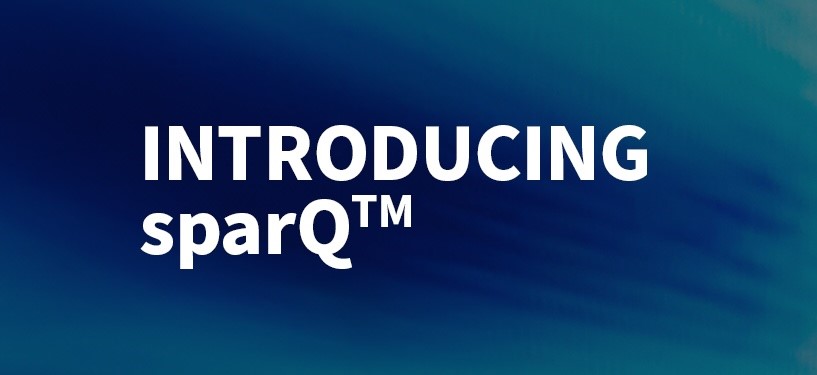Takeaways from Mass TLC’s Tech Talent Quarantini Conversation
Every company has faced their own unique challenges during the coronavirus pandemic. For many, layoffs have been rampant, active hiring has been put on pause, and workforces have shifted to become fully remote.
For companies that are in a position to continue hiring, there comes a different set of challenges – these challenges include maintaining a normal recruiting process and managing candidates in this fully remote setting.
Mass TLC hosted a virtual panel discussion among talent professionals to elaborate on some of these challenges and share ideas for overcoming them. Talent Retriever Co-Founder and President, Cheryl Barbato, was joined by Adam DeVos and Phil Reese of Chewy along with 40 other participants to discuss how we are all adjusting to the “new normal.”
This blog post is intended for companies that are in the fortunate position of being able to continue hiring. However, for those that have slowed or paused hiring – we share some insight into where your focus can shift, and how you can use this time to your benefit.
Here are 5 takeaways from the discussion:
Keep a Consistent Interview Process
- Although the format for traditional interviews has shifted from in-person conversations to Zoom meetings, the way you evaluate the candidates shouldn’t change.
- Maintain as much consistency from past processes as you can and avoid creating any disruptions to the normal process unless they are absolutely necessary.
- Focus on the same qualifications, prep and debrief with your hiring team as you would have normally, and most importantly, don’t adjust your company’s standards because the interview format has changed.
Acknowledge the Challenges
- Understand that the market has changed, which in turn affects everyone’s risk aversions as well as comfort levels in different capacities.
- Acknowledge the challenges that your team- as well as your candidates- will face when adapting to this new interview approach. Provide guidance and support, while you help them pave a new path and encourage everyone to work together.
- Making hiring decisions in a remote setting is a challenge for those that aren’t accustomed to it. The natural apprehension for both hiring teams and candidates in making a hiring or job decision is likely to be heightened during this time. Empower your team to have confidence in their hires and work with them to eliminate their fears if they are not accustomed to hiring remotely.
- Recognize that the candidates are walking into a role, only having met their team via web communication – find ways to share more about your culture and work environment. These are aspects of an interview that are lost when communication is conducted over video.
Translate Your Culture Virtually
- When interviewing onsite, you’re able to experience the work environment and get a sense for the company culture. This is no longer the case, making it as important as ever to convey.
- In order to translate your corporate culture virtually – it will take creativity. Find ways to produce collateral that gives candidates a sense of your culture, work environment, team structure and growth opportunities. Revisit your social media channels and find pictures and video clips that capture this team spirit, ask key figures in departments to record quick testimonial videos from home and compile these videos.
- Leverage your marketing department to edit a simple video that drives this message, or check out wevideo.com for user-friendly, inexpensive video editing software.
- Along with this collateral, now is the time to check in with your hiring teams and make sure that in this remote setting, they are able to fully convey the culture to someone who has never stepped foot in your office.
Seize the Opportunity: Develop a Playbook, Hit the Reset Button
- Use this as a chance to benchmark how things in your industry have pivoted and document what’s working and what isn’t. Ask yourself – if you had the chance 6 months ago to get a glimpse into the future and learn how the situation would evolve, what would you have done to prepare?
- This is an opportunity for developing or refining your team’s game plan on how to quickly shift to a remote workforce and how to handle times of dramatic economic impact.
- Evaluate your recruitment process as a whole. If your team is still in growth mode, don’t stop looking for areas to improve your process. In fact, the areas that need improvement will quickly reveal itself. If you’re in a situation where recruitment is on pause, this is an opportunity to hit the reset button and bolster your current processes. Fill the gaps and make improvements, so that you’re in a better position when normalcy returns. Schedule time with your team to review job descriptions, interview guides, score cards and recruitment marketing efforts.
Final Thoughts – Learn from the process
- The shift to remote work is forcing people to think differently, which can be a good thing. Take advantage of this time by evaluating your strengths and weaknesses as a remote workforce across the company. For those who have a resistance to utilizing remote teams – this experience can highlight not only the capabilities that remote employees have, but also the capabilities for managers working with remote teams.
- Utilizing a remote workforce has the potential to open many doors for the future. Understanding how your company can handle remote teams will tell you a lot about those opportunities.



